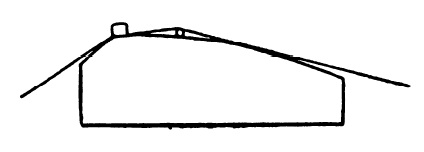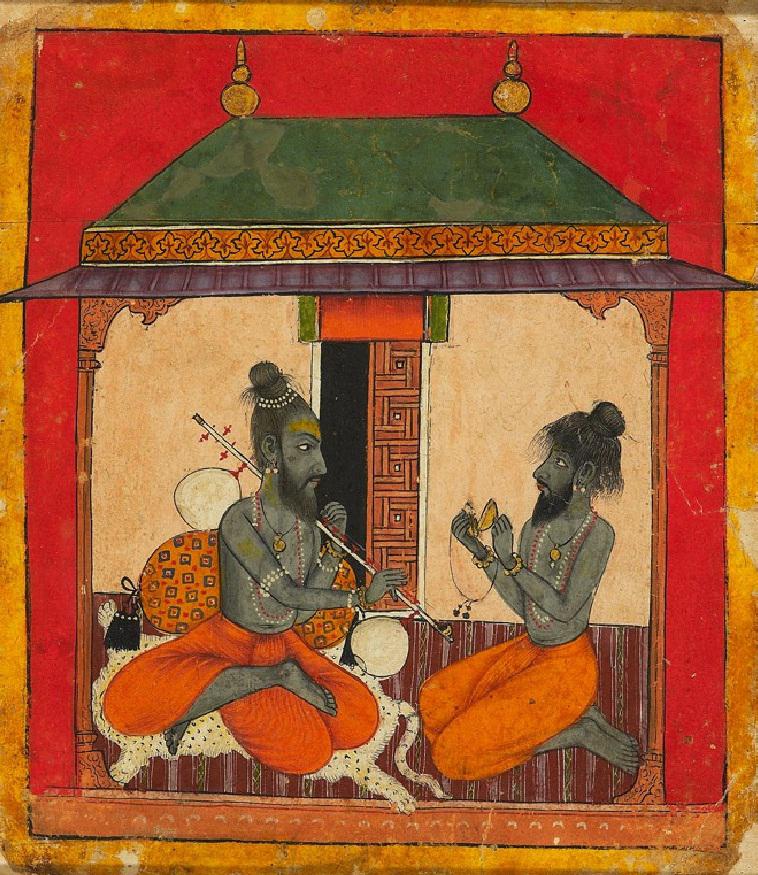A scientific study of Indian musical instruments: history, mathematical modeling, and experiments


(a) (b)
(a) A tānpurā showing how strings meet the gourd while passing through the curved bridge.
(b) A cartoon of the side view of the bridge showing a string and the position of the jīvāri (following Raman)
Musical instruments provide us with a unique opportunity to know about the scientific, the technical, and the artistic ingenuity of the ancient Indian mind. It can be claimed without doubt that the designers of these ancient instruments were in possession of advanced knowledge of mechanical and material sciences, in addition to aesthetics. This is confirmed by the fact that even with access to modern scientific techniques we are only beginning to form a rigorous understanding of the design of these ancient masterpieces.
The earliest information on various musical instruments of Indian antiquity is contained in Vedic and Sūtra literature. In these texts, we find mention of several kinds of vīnās, their place in sacrificial ritual, the manner in which they should be played, and their construction. The descriptions on the construction, in particular, are often lacking in detail, so much so that it is almost impossible to reconstruct the instruments on their basis. A more complete study is warranted here which would require a detailed inquiry of various relevant citations and a collaboration with skillful instrument makers. Nāṭyaśāstra is to be recognized as the oldest text available to us for a systematic treatment on musical instruments. Whereas western musical instruments have been studied scientifically for over two hundred centuries (pioneered by Helmhotz and Rayleigh) the Indian counterparts got their due attention in a series of original papers by C. V. Raman(1). Raman’s work showed why Indian drums occupy a unique position among the percussion instruments all over the world. They do so due to their ability to produce musical sounds with extremely rich harmonic structure; nowhere else do drums occupy such a central place in classical music concerts as they do in the Indian context. Thus, the main driving force behind our present project is to attempt to understand the nature of these age-old musical instruments as well as coherently document all the relevant textual evidences. The main objectives of this study are:
- To develop a scientific understanding of the present musical instruments. This will include relevant mathematical modeling, numerical simulations, and experiments.
- To study ancient texts, as well as more recent vernacular literature, with the aim to reconstruct/verify various musical instruments.
- To construct a unified theoretical and experimental understanding of various defining features (such as curved bridges, sympathetic strings, etc.) in Indian musical instruments.
- To develop a mechanism which will help us document and preserve the existing knowledge (including design and manufacture) of Indian musical instruments as well as help us in their conservation.
- To develop both full semester and short term courses in addition to organizing workshops for widespread dissemination of scientific knowledge related to Indian musical instruments.
ref:
1 cf. Scientific papers of C. V. Raman, S. Ramaseshan (Ed.), Indian Academy of Sciences, Bangalore, 1988.











